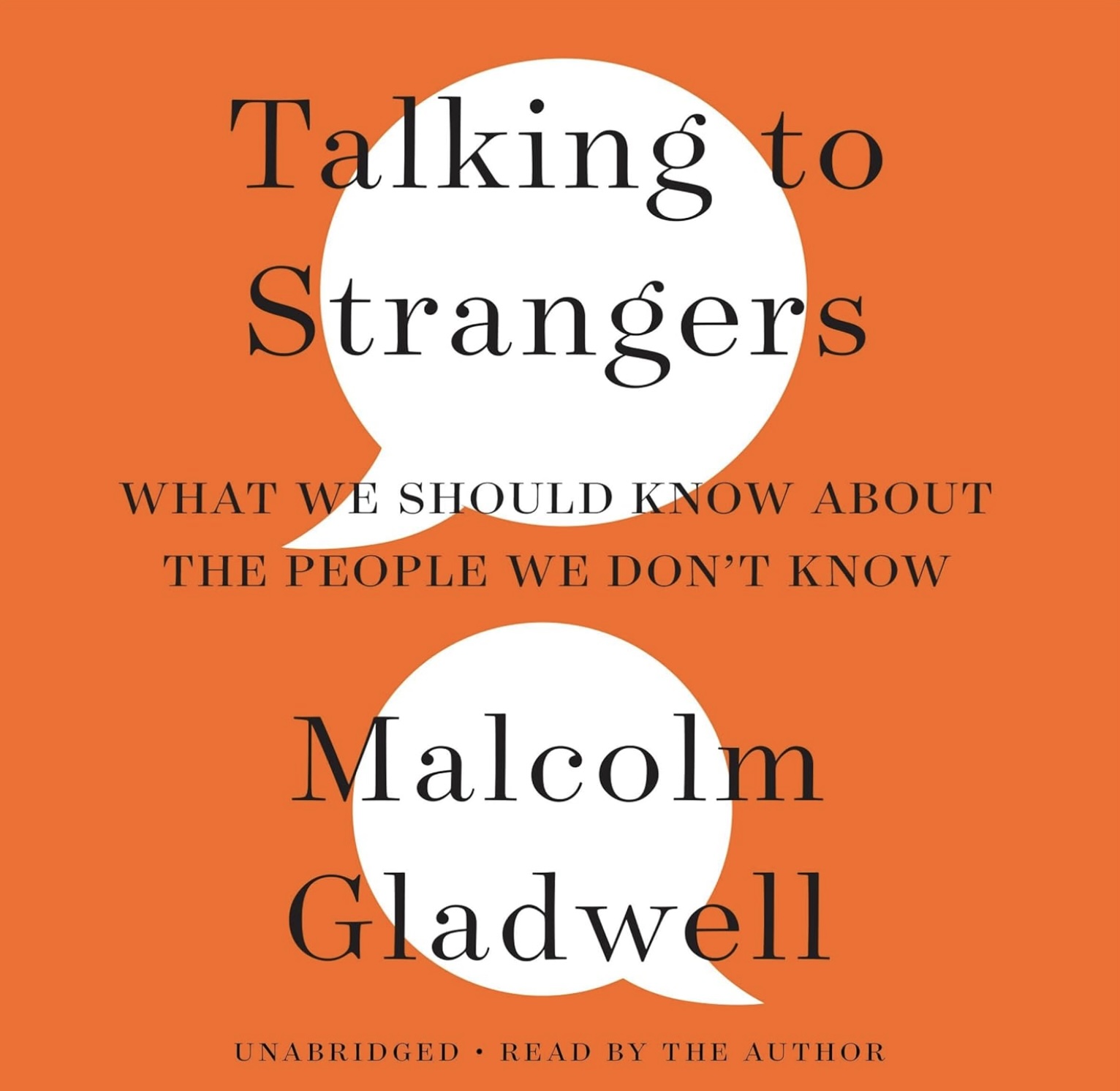
Talking to Strangers: What We Should Know About the People We Don’t Know by Malcolm Gladwell features a number of notable stories where people were unable to correctly determine the intention of strangers. We default to truth when talking to strangers, which makes us prone to misjudgment. The opposite approach of always being skeptical of strangers, however, seems to be less productive.
Part One: Spies and Diplomats: Two Puzzles – 1. Fidel Castro’s Revenge
- Many of the spies the US had in Cuba were double agents. For some reason our people couldn’t tell that they were.
2. Getting to Know Der Führer
- Here is the story of British Prime Minister Neville Chamberlin. Although he had met Hitler, he was duped while those who had not met him like Chamberlin’s predecessor Winston Churchill were not. This puzzling pattern pops up everywhere.
- Judges are more likely to misjudge the people they see than a computer program that only knows their dossier. The main point of this book is that strangers are not easy to judge correctly.
Part Two: Default to Truth – 3. The Queen of Cuba
- Here is another spy who fooled just about everybody. It’s not that the spies are brilliant, it’s something wrong with the people who misjudge them. Evolution should have favored people who can spot a lier, but it hasn’t.
- One theory is the Truth-Default Theory. We operate on the assumption that the people we are dealing with are honest. Our lie detector is set to “off.” It also takes a lot of evidence over time for our suspicions to outweigh our default. A story here about a top Cuban female spy supports this.
4. The Holy Fool
- Bernie Madoff is known as the perpetrator of the largest Ponzi Scheme in history. Malcolm gives the names of a number of people in the securities business who thought that something had to be amiss with Madoff’s business, but they assumed that they were wrong and gave him the benefit of the doubt. The Holy Fool comes from Russian folklore. This is the one person who sees through a scheme and is in a position where he is free to tell everyone what he sees. An example is the boy in Hans Christian Anderson’s The King’s New Clothes. Gladwell tells of one such Holy Fool associated with the Madoff scandal.
DrDougGreen.com If you like the summary, buy the book





